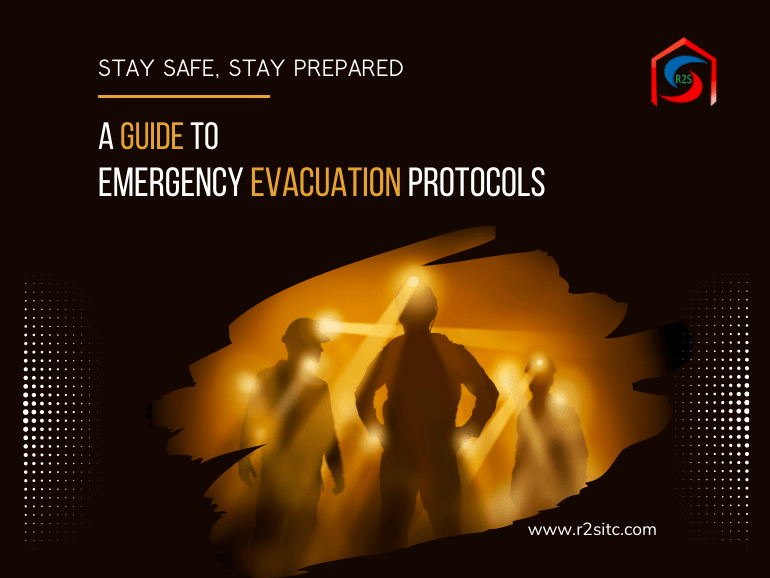Emergency evacuation protocols are crucial in ensuring the safety and well-being of individuals during critical situations. In this blog post, we will delve into the importance of staying safe and being prepared by understanding and implementing effective emergency evacuation protocols.
The Importance of Emergency Evacuation Protocols
During emergencies such as natural disasters, fires, or industrial accidents, every second counts. Having well-defined evacuation protocols can help individuals respond promptly and efficiently, reducing the risks associated with these events. These protocols provide a structured approach, guiding people to safety and ensuring a coordinated response.
Understanding Emergency Evacuation Procedures
To stay safe during emergencies, it is crucial to understand the key components of an effective evacuation plan. Here are some essential elements to consider:
- Emergency Alarms and Communication Systems: Establishing robust alarm systems and effective communication channels is essential for disseminating information and alerting individuals about the emergency situation. This can include sirens, public address systems, or digital alerts.
- Designated Evacuation Routes: Identifying and clearly marking evacuation routes is crucial for guiding people safely out of a building or an area. These routes should be well-lit, unobstructed, and easily accessible to all individuals, including those with disabilities.
- Assembly Points and Accountability: Designating predetermined assembly points away from the affected area helps ensure that all individuals can be accounted for and receive further instructions or medical assistance, if necessary.
- Evacuation Drills and Training: Regularly conducting evacuation drills and providing training sessions can familiarize individuals with the evacuation procedures and equip them with the necessary knowledge and skills to respond effectively during emergencies.
- Collaboration with Emergency Response Services: Collaborating with local emergency response services, such as fire departments or medical personnel, ensures a coordinated effort during evacuations. Their expertise and resources can play a vital role in executing evacuation plans smoothly.
For more insights into the future of industrial safety and emerging technologies, check out our blog post on The Future of Industrial Safety: Emerging Technologies and Best Practices.
To avail emergency response services in the Punjab region, we recommend reaching out to Emergency Response Services Punjab for professional assistance and guidance.
Conclusion: Emergency evacuation protocols are essential for maintaining safety and minimizing risks during critical situations. By implementing effective communication systems, designated evacuation routes, and regular training, individuals can enhance their preparedness and response capabilities. Remember, staying safe and being prepared can save lives. Act today, and ensure that you have a well-defined emergency evacuation plan in place.
For comprehensive emergency evacuation training programs and expert guidance, we recommend contacting R2SITC (Hoshiarpur Institute). R2SITC specializes in providing high-quality training and education in emergency response and evacuation protocols. With our experienced instructors and state-of-the-art facilities, R2SITC is dedicated to equipping individuals and organizations with the skills and knowledge necessary to effectively handle emergency situations. Visit R2SITC today to learn more about their emergency evacuation training programs and enhance your preparedness for any unforeseen event.


